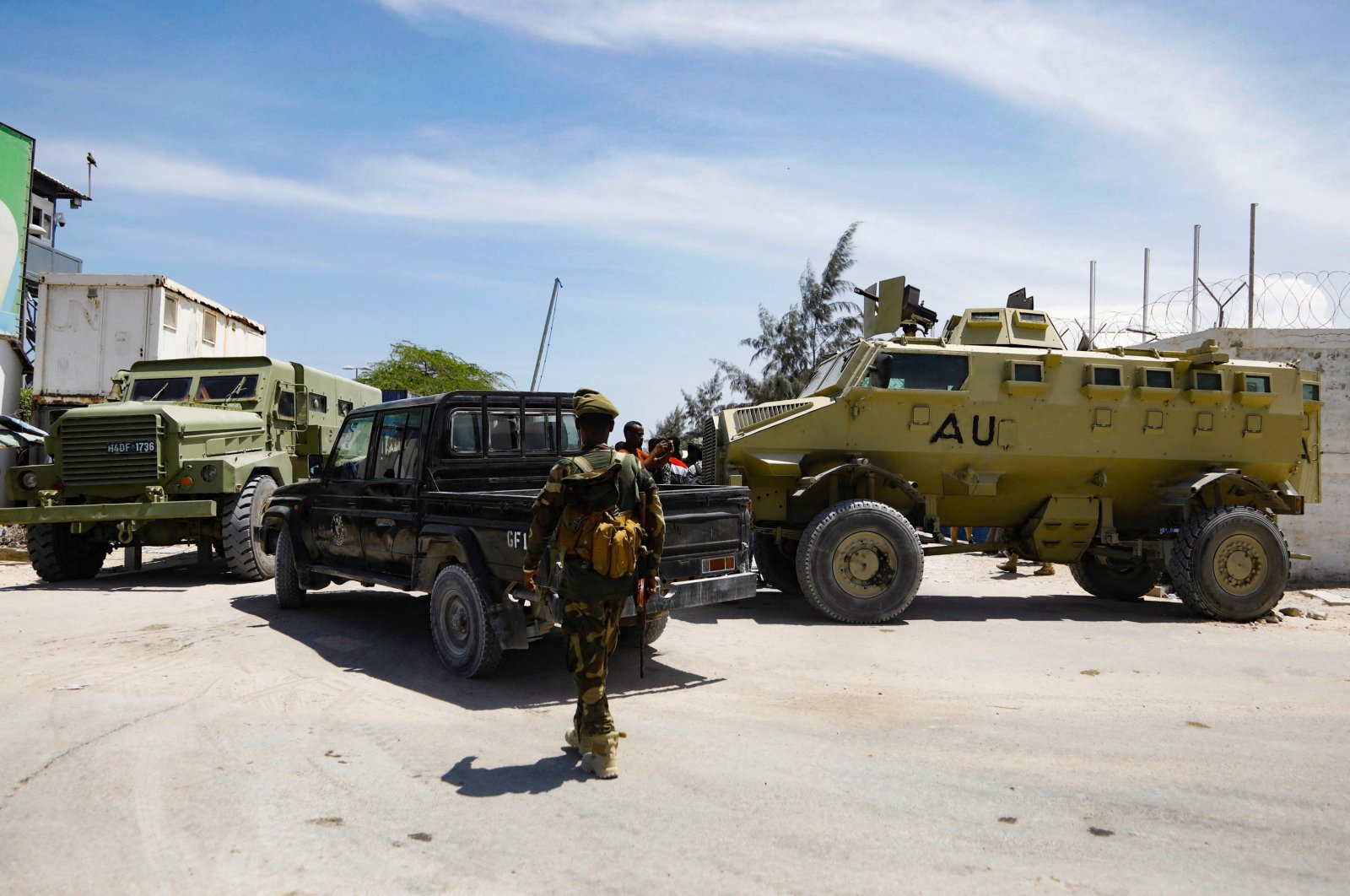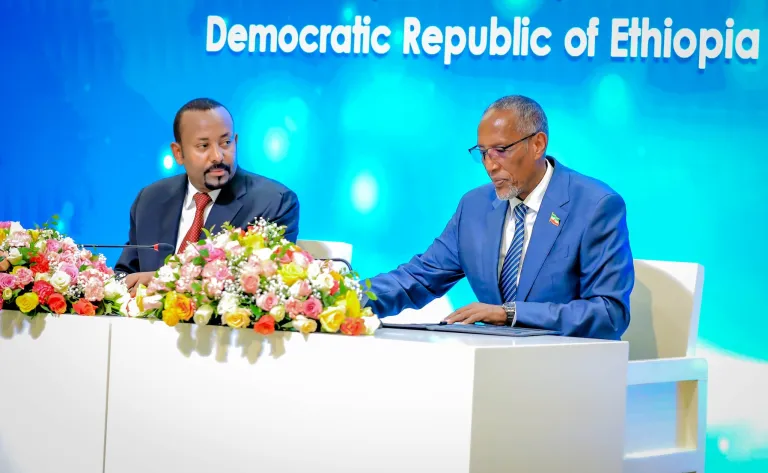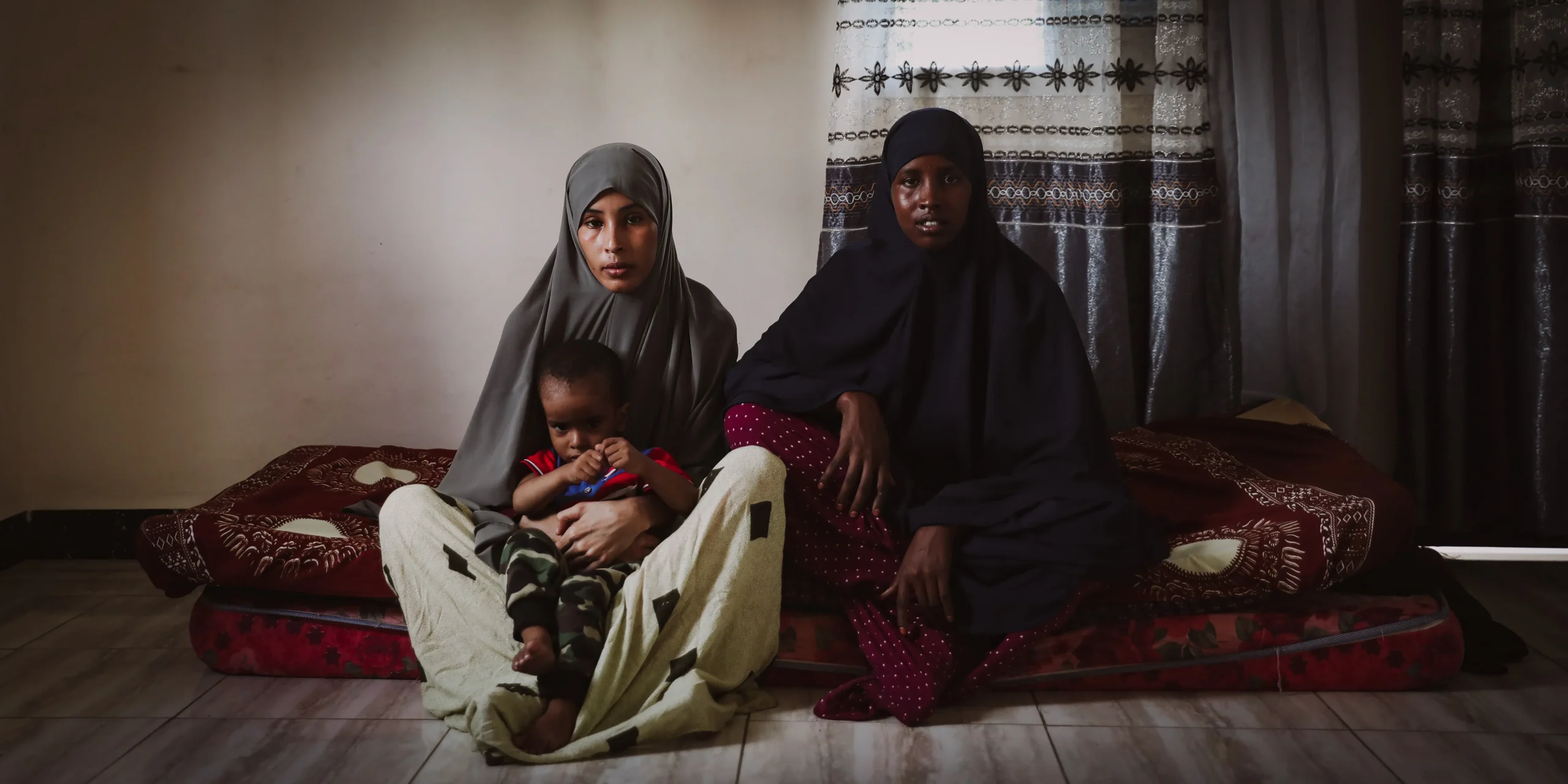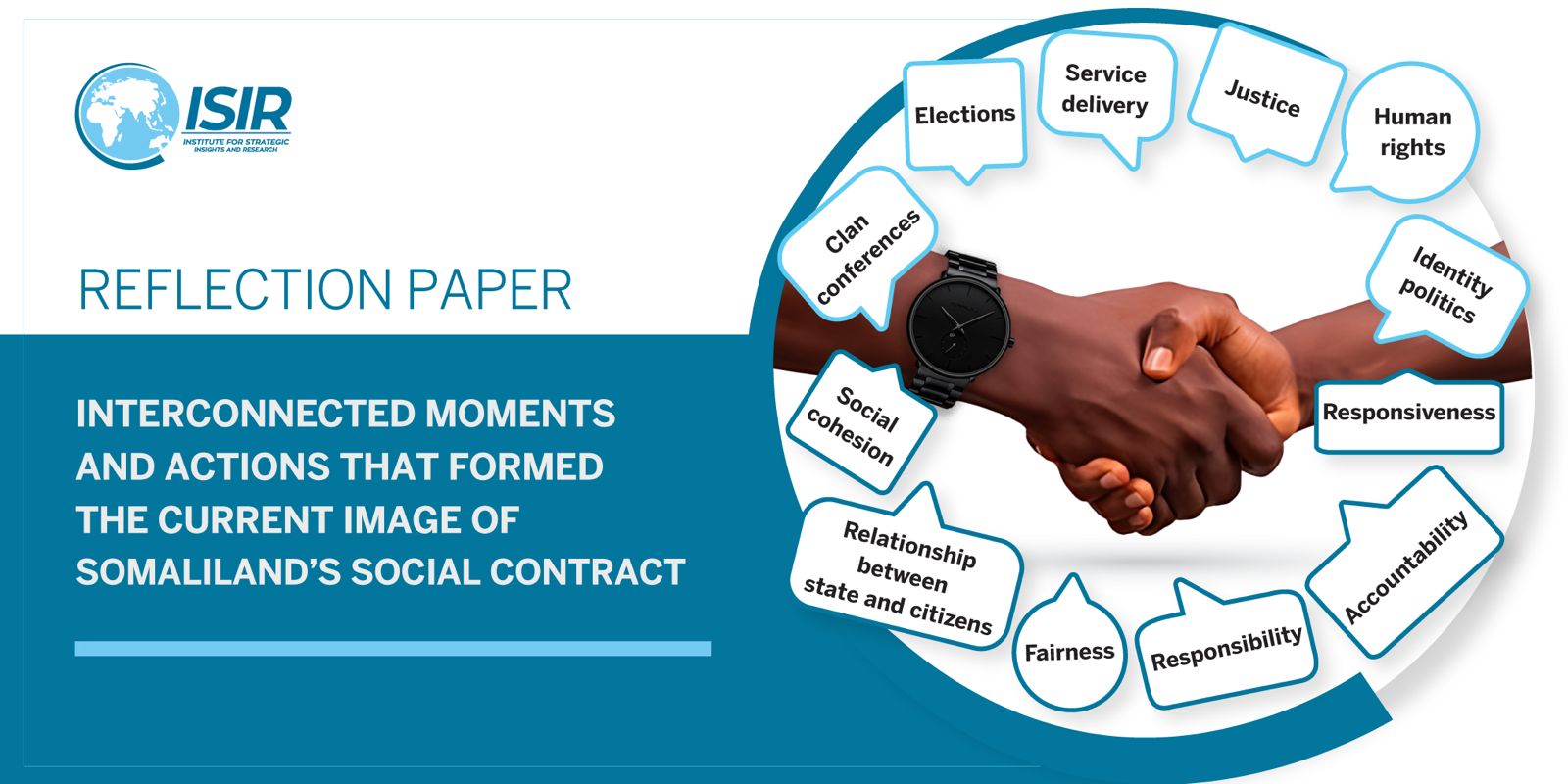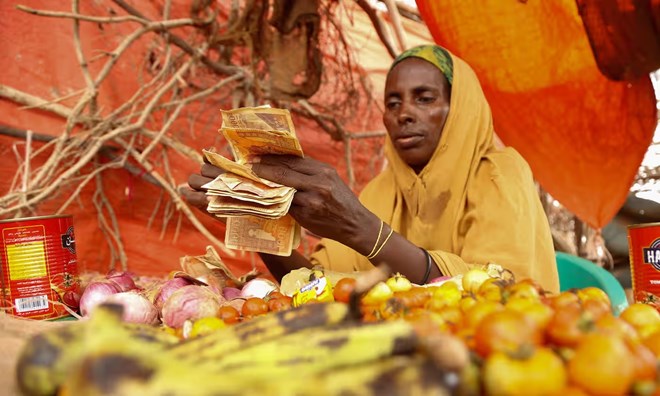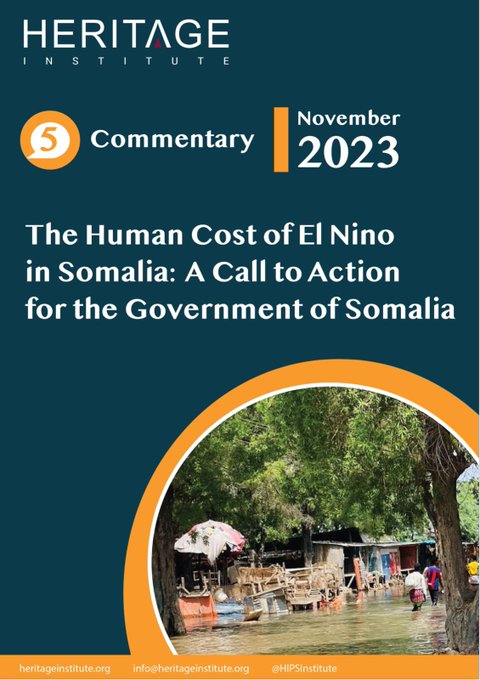If a single drought is classified as an environmental bullet, what is facing Somaliland in the Horn of Africa is rapid machine-gun fire. The increasingly aggressive antagonist is global heating.
Spending time with its stoical people in remote villages in the northern part of this region of Somalia, they recount how their pastoralist existence – as nomads rearing livestock – is under immediate threat.
If they can’t continue to eke out a living – farming a mix of goats, sheep and camels or growing crops, mostly maize, sorghum and cow bean – then the only choice is moving to the cities where there are already overcrowded camps for internally displaced people. The inhabitants of these camps are climate refugees driven from their land not by conflict, but by lack of certainty on growing seasons, extreme weather events and absence of water.
When asked about climate change, villagers have heard of the term but indicate they do not know too much about the science. They prefer to cite evidence: decline in livestock, destruction of crops. Then they invariably highlight hope that the rains will come after all – and declare, in any event, God will look after them.
On a recent visit to assess conditions on the ground and preparedness that has become critical to countering the worst effects of drought, Concern Worldwide’s media relations manager Eamon Timmins underlines the importance of assessing firsthand the impact climate change is having on some of the world’s most vulnerable communities. “The people of Somaliland are facing into their second severe drought in three years,” he says.
Concern is working to help people become more resilient to these challenges through measures such as underground water tanks, climate-smart farming techniques and the introduction of quick-maturing and more drought-resistant crops. Many projects are run on a multi-agency basis; some benefit from funding from Irish Aid, the overseas aid wing of the Department of Foreign Affairs. “We are also assisting through electronic cash transfers to the most vulnerable households,” says Timmins.
“Climate change is not an issue to be dealt with in the future, an issue for our children or grandchildren. It’s here and it’s killing people now. The communities in Somaliland are among the 45 million people in countries across the Horn of Africa, east Africa and southern Africa who will not be able to grow sufficient food for themselves this year as a result of drought,” he adds.
At first viewing it does not appear to be a place on the brink of famine. The pastoralists have a simple lifestyle where work gets done, while cash support eases hardship for vulnerable families. The extent of poverty is shocking, however, and most evident is the absence of basic sanitation or piped clean water supplies, not to mention tarred roads – a scenario replicated in urban areas.
Rural landscape
As we observe the rural landscape, Concern area co-ordinator Lena Voigt says: “Somaliland is as green as it gets.” But, on closer inspection, many crops are barely a few inches above ground. Nomadic communities attempting to become more permanent “agro-pastoralists” will be lucky if they are usable as feed, let alone nourishing their families.
It soon emerges the normal pattern of drought every five to seven years – with time to recover, to restock and to avail of better harvests – is disappearing. In a briefing, a government official outlines how Somaliland’s national disaster preparedness and food reserve authority’s strategic plan is being implemented, including the building of seven large warehouses to store food and plastic water tanks.
Herd owners in the village of Carracad, in the Sonag region, grimly indicate livestock losses. The village relief committee warmly welcome a visiting delegation under a large tree. One committee member, Osman Alale, confirms Cyclone Sagar in 2018 washed away 80 per cent of farmland, while remaining livestock – a source of income in the past – was not good enough to sell or generate milk. A good camel can be worth up to $1,000 (€900).
While they don’t receive any advance rain forecasting, “sometimes it rains somewhere else; we move there,” says Alale. “We understand climate change,” he adds, but the absence of rains means cultivation is delayed and the harvest is pushed back.
They make up a community of 350 households living in small huts, some built with mud, others with sticks and cloth covering. There is no school and the nearest mobile health clinic is 20km away over rough terrain. A borehole situated below a dried-out river containing cloudy, dirty water is shared by humans and animals.
THE IRISH TIMES
Categories: Featured, Latest News








